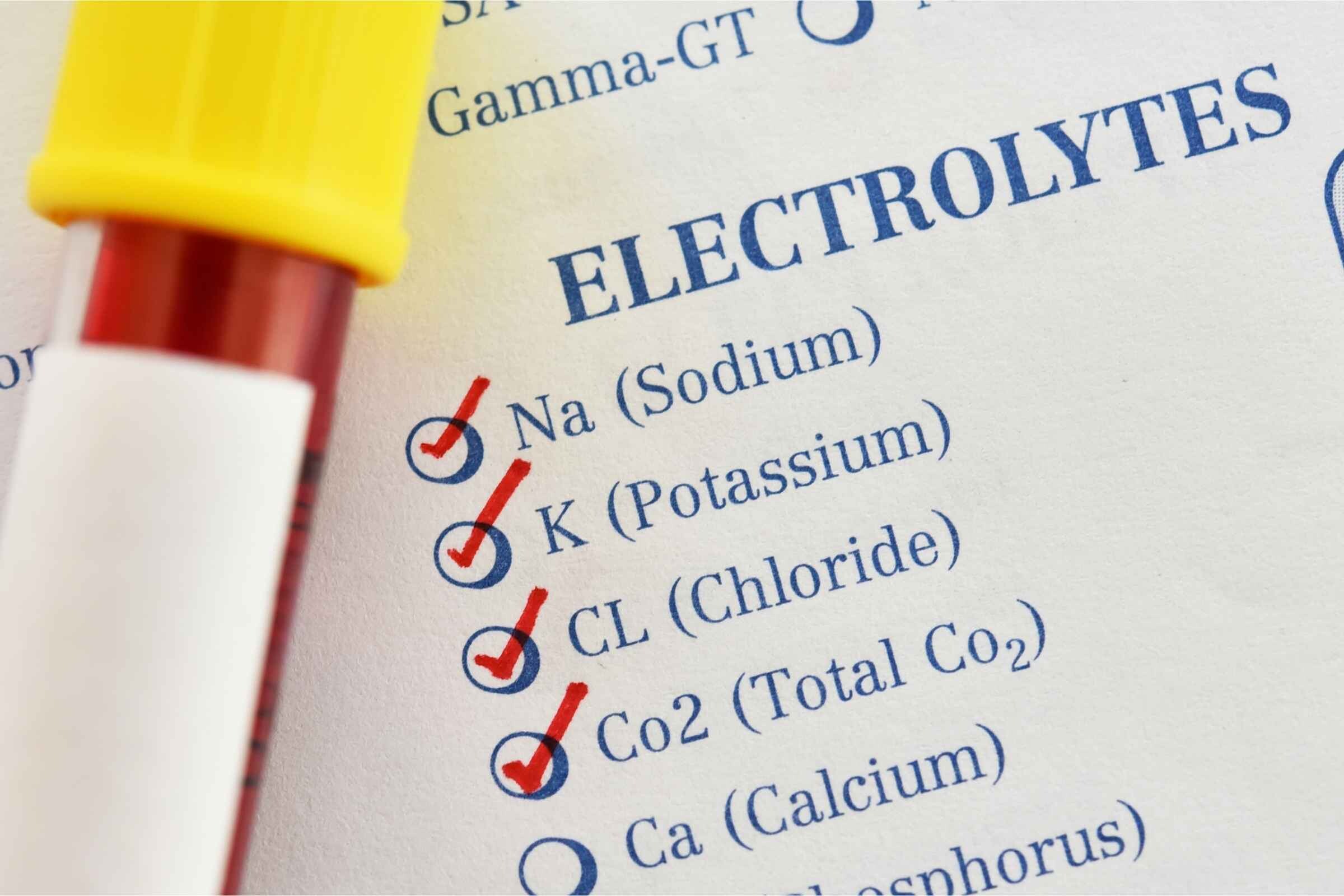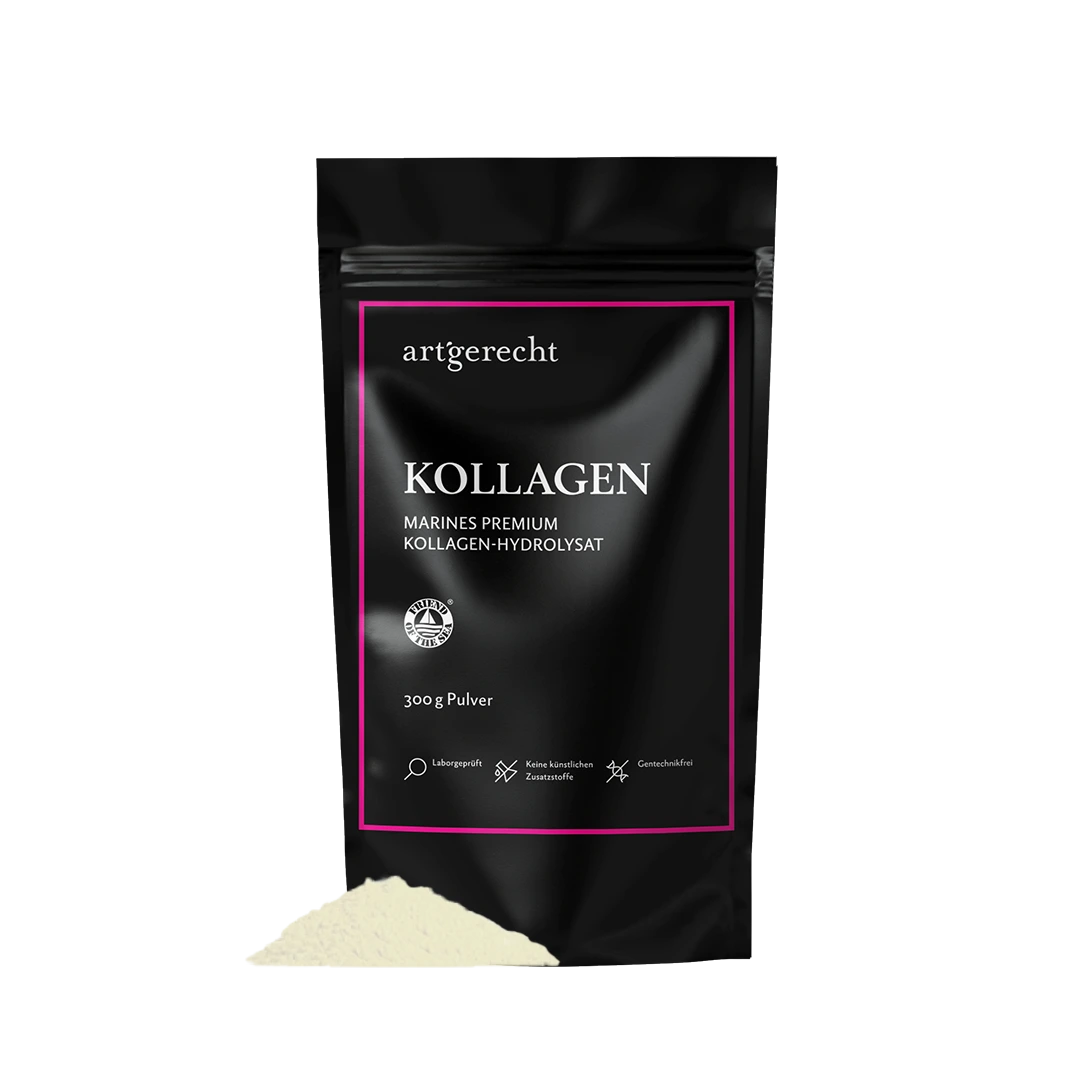Never in the history of mankind have we had so much food available to us as we do today - and we use it excessively. Constant snacking, eating around the clock, hardly any real breaks for our metabolism. But our ancestors, the hunters and gatherers, did not know this abundance. Their bodies were designed to survive times of abundance and scarcity. Fasting was not a conscious decision, but a necessity.
This is exactly where intermittent fasting comes in: It picks up on this natural rhythm and uses it specifically for health. In this article, you can find out what it's all about and what benefits it has for your body and mind.
What is intermittent fasting?
Intermittent fasting or intermittent fasting (Latin intermittere:
How does intermittent fasting work?
The implementation of intermittent fasting is conceivably simple. Phases of normal food intake are followed by periods in which you eat nothing. There are two basic variants of intermittent fasting:
- One fasting day per week: The process of intermittent fasting could go like this: You fast, i.e. eat nothing at all one day a week. You can also plan two fasting days per week. In this case, for example, you fast every Monday and every Thursday. Others eat and fast in 24-hour alternation. Water and unsweetened teas are suitable on fasting days in order to take in enough fluid. Even a single fasting interval in humans (e.g. overnight) can reduce basal concentrations of many metabolic biomarkers associated with chronic diseases, such as insulin and glucose.In order to achieve a sustainable effect such as weight loss or health benefits such as more energy and a strong immune system, it makes sense to use the intermittent fasting days in the shortest possible intervals. You should alternate every day or at a ratio of 2 to 1 (2 days eating, 1 day fasting). This rhythm should be maintained until the desired fasting goals have been achieved.
- Periods of fasting: Intermittent fasting can also be very easy to approach if you find it difficult at first. Intermittent fasting can also be carried out daily by fasting for 16, 18 or even 20 hours a day. Beginners in particular often find this variant easier than the first. You don't have to go without solid food for a whole day, but can eat for 8, 6 or 4 hours and fast for the rest of the time./The rest of the time you can leave out both calorie-containing drinks and food.
Intermittent fasting: The 16/8 method
The best-known method is probably the so-called 16/8 method. This involves extending the night fast to 16 hours. Eating takes place in a time window of 8 hours. For example, if you finish dinner at 6 pm, you don't eat again the next day until 10 am. The second main meal is then eaten around 5 pm. There are no snacks.
Which foods are suitable for intermittent fasting?
The meals should ideally contain no sugar or other isolated carbohydrates. Then the blood sugar and insulin levels remain low and the body gains more energy from burning fats. In contrast to fasting methods, which involve completely abstaining from calorie-containing food for at least 5 days up to several weeks, no fasting crises are to be expected. When we intermittently fast, our body does not have to come up with new strategies to generate energy. It learns that food arrives, even if this happens at longer intervals, as with intermittent fasting. The body therefore continues to use its glycogen reserves (stored carbohydrates) to generate energy. Once these are used up, the body switches to burning fats. The burning of fat is therefore slow, but sustainable and healthy.
.Foods that are taboo:
- Household sugar
- High-calorie food (225-275 kcal/100g)
- Industrially produced convenience products
- Industrially produced fruit and vegetables
- Meal frequency (> 19x/week)
- Drinks, energy drinks
Intermittent drinking
The same applies as with intermittent fasting: drink as little as possible. Unless more fluid is consumed through physical activity, a 75 kg homo sapiens does not need more than 1.5 liters a day. This simply means: drink when you are really thirsty. You often see people constantly drinking a little and always having their water bottles next to them. From an evolutionary perspective, water was and still is potentially dangerous in many parts of the world (germ contamination, etc.). This is why our immune system – checks whether everything is ok, just as it does with food intake –. The more we drink, the more we damage the immune system. We therefore recommend: drink larger quantities when thirsty, then allow the body to rest again for a while. Water also regulates sugar and salt at the same time. In other words: regular „gentle“ dehydration and being really thirsty keeps us healthy.
Recipe tip:
Conclusion:
It can be said: Hunger is followed by movement (hunting is followed by gathering). Eating is followed by relaxation. This is the nutritional rhythm of our ancestors. If we manage to integrate this at least partially into our modern lives, we create a good basis for our well-being. In addition to the positive effects on our health and the immune system, intermittent fasting can also help us to improve our body's health./help our body to become regulatory and therefore metabolically flexible again.











